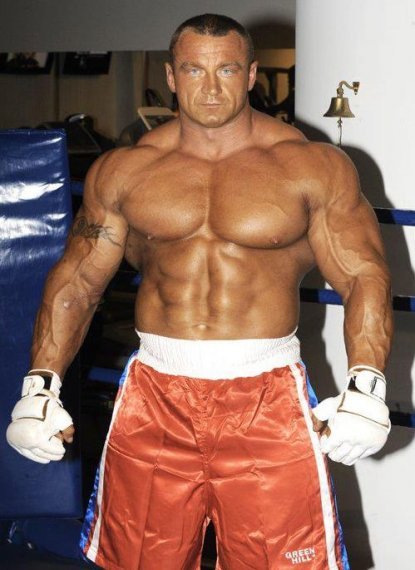
Working with a team of skilled carpenters, Ai turned ironwood salvaged from dismantled Qing-era temples into a handsomely constructed structure that appears chaotic on the ground but, if seen from above, coalesces into a map of China. Sackler Gallery with a monumental installation of Fragments (2005). In the spring, “Perspectives: Ai Weiwei” opened at the Arthur M. This year Ai is the subject of two shows in Washington, D.C., an appropriate backdrop for an A-list power artist. As Andy would say, in high deadpan, “Wow.” His signature work, Sunflower Seeds-a work of hallucinatory intensity that was a sensation at the Tate Modern in London in 2010-consists of 100 million pieces of porcelain, each painted by one of 1,600 Chinese craftsmen to resemble a sunflower seed. He cultivates the press, arouses comment and creates spectacles. (In one of his best-known photographs, he gives the White House the finger.) Not least, he is a kind of visionary showman. At the same time, he plays a decidedly unsaintly, Dada-inspired role-the bad boy provocateur who outrages stuffed shirts everywhere. Not only has Ai been harassed and jailed, he has also continually called the Chinese regime to account he has made a list, for example, that includes the name of each of the more than 5,000 schoolchildren who died during the Sichuan earthquake of 2008 because of shoddy schoolhouse construction. The loftiest are those of martyr, preacher and conscience.

He’ll use any medium or genre-sculpture, ready-mades, photography, performance, architecture, tweets and blogs-to deliver his pungent message.Īi’s persona-which, as with Warhol’s, is inseparable from his art-draws power from the contradictory roles that artists perform in modern culture.
#Burly men at sea twitter how to
Having spent his formative years as an artist in New York in the 1980s, when Warhol was a god and conceptual and performance art were dominant, he knows how to combine his life and art into a daring and politically charged performance that helps define how we see modern China. Ai (his name is pronounced eye way-way) is perfect for the part.

It must therefore have an artist of comparable consequence to hold up a mirror both to China’s failings and its potential. China may after all become the most powerful nation in the world. Now obsessed with China, the West would surely invent Ai if he didn’t already exist. So what is it about Ai? What makes him, in Western eyes, the world’s “most powerful artist”? The answer lies in the West itself.

He is too quixotic a figure to have developed the moral gravitas of the great men of conscience who challenged the totalitarian regimes of the 20th century. As a result, he has become a symbol of the struggle for human rights in China, but not preeminently so. In China, Ai-a brave and unrelenting critic of the authoritarian regime-has spent time in jail, was not allowed by the government to leave Beijing for a year and cannot travel without official permission. Ai’s varied, scattershot work doesn’t fetch the highest prices at auction, and critics, while they admire his achievement, don’t treat him as a master who has transformed the art of his period. Last year, the editors of ArtReview magazine named the Chinese dissident Ai Weiwei the most powerful artist in the world.


 0 kommentar(er)
0 kommentar(er)
